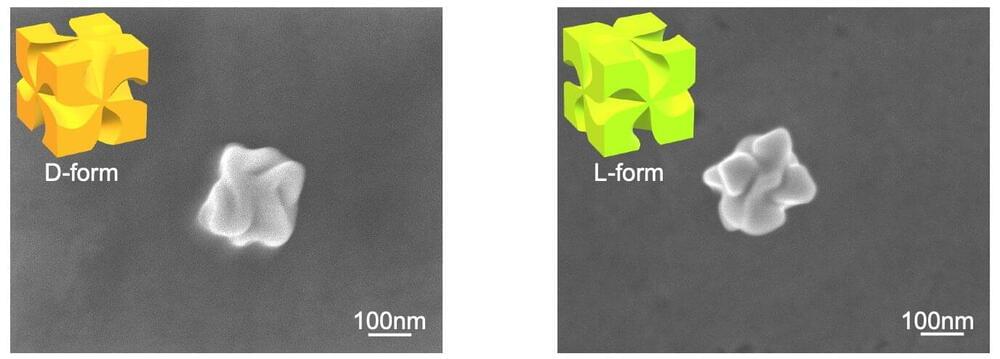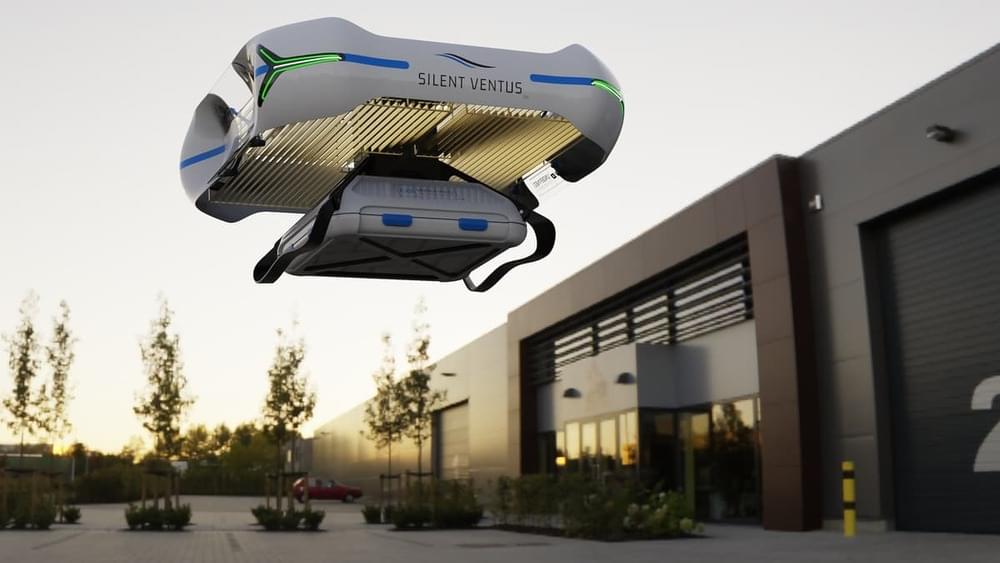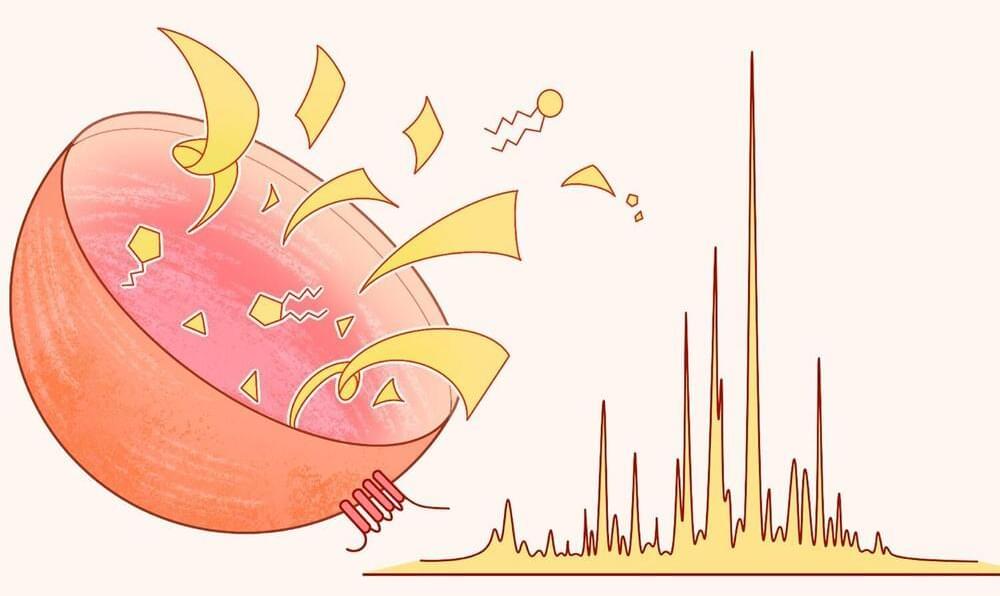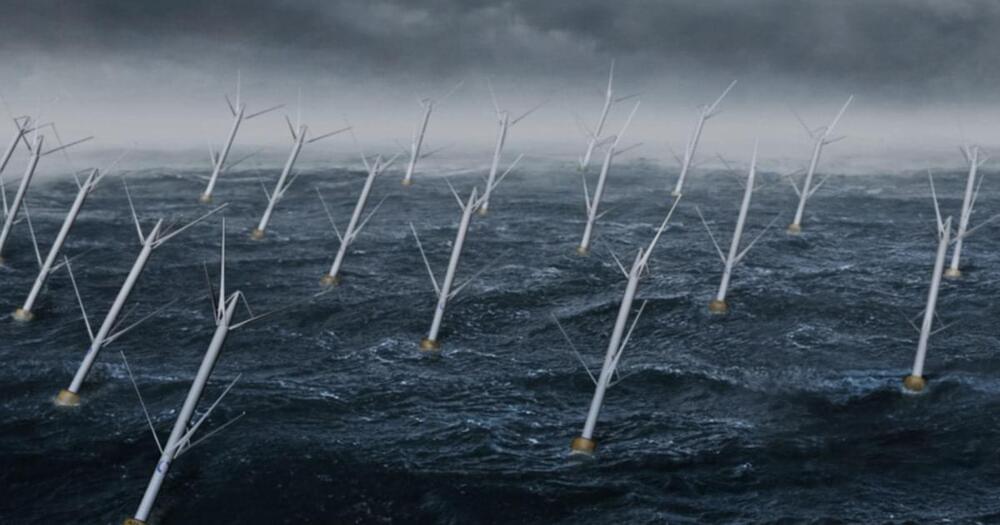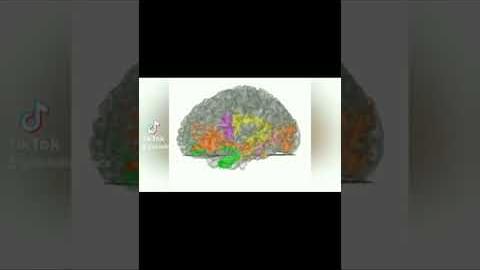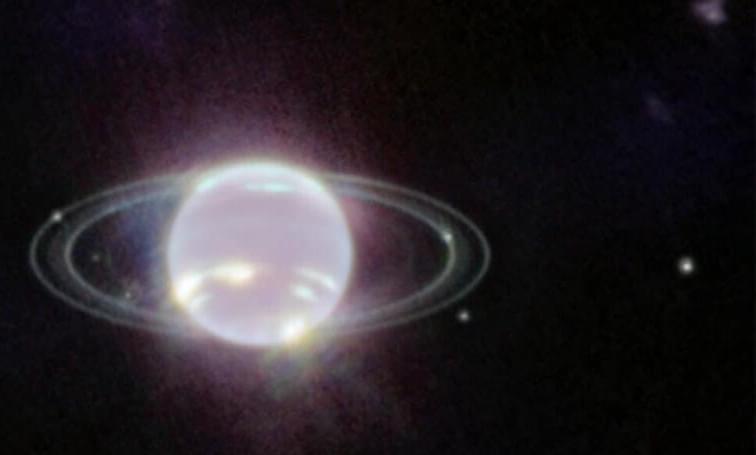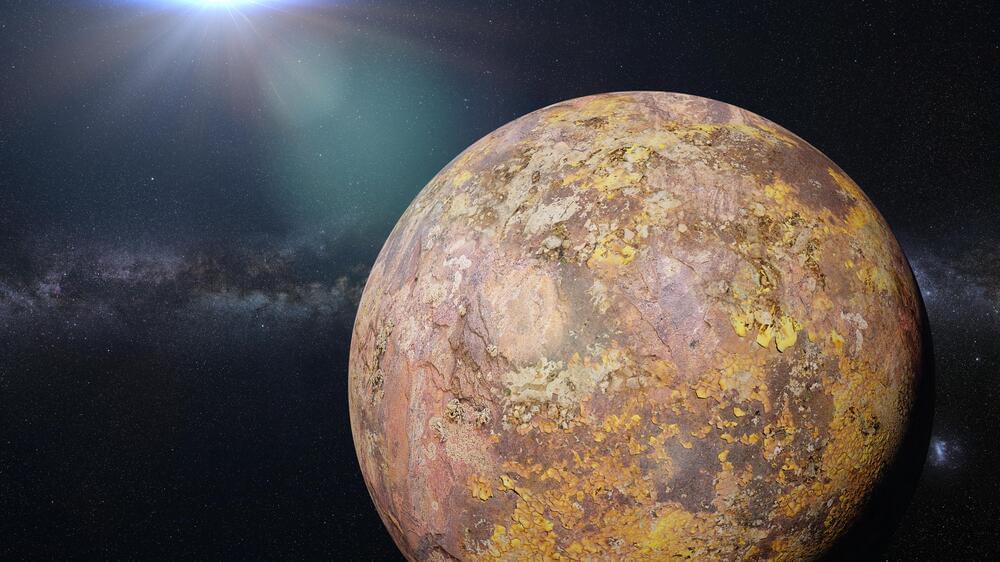Sep 22, 2022
Differentiating right- and left-handed particles using the force exerted
Posted by Saúl Morales Rodriguéz in categories: nanotechnology, particle physics
Researchers investigated the polarization-dependence of the force exerted by circularly polarized light (CPL) by performing optical trapping of chiral nanoparticles. They found that left-and right-handed CPL exerted different strengths of the optical gradient force on the nanoparticles, and the D-and L-form particles are subject to different gradient force by CPL. The present results suggest that separation of materials according to their handedness of chirality can be realized by the optical force.
Chirality is the property that the structure is not superimposable on its mirrored image. Chiral materials exhibit the characteristic feature that they respond differently to left-and right-circularly polarized light. When matter is irradiated with strong laser light, optical force is exerted on it. It has been expected theoretically that the optical force exerted on chiral materials by left-and right-circularly polarized light would also be different.
Continue reading “Differentiating right- and left-handed particles using the force exerted” »
